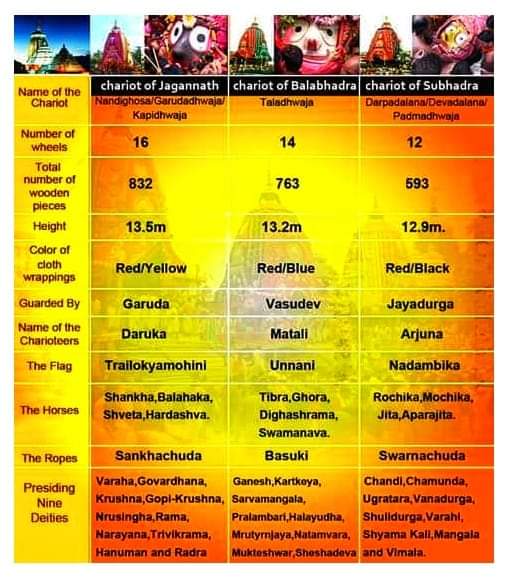Scientific 16 Adornments (सोलह श्रृंगार) Solah Shringar of Indian Women
#Longthread
Our Indian culture and traditions are very vast, since thousands of years. Generation to Generation, we follow our traditions. For some we know the reasons, but for many we still don't know.… https://t.co/92VKQMIhOGtwitter.com/i/web/status/1…

#Longthread
Our Indian culture and traditions are very vast, since thousands of years. Generation to Generation, we follow our traditions. For some we know the reasons, but for many we still don't know.… https://t.co/92VKQMIhOGtwitter.com/i/web/status/1…

During the wedding it is therefore respectful keep it to tied up. Main jewelry and accentuations for hair; Gajra is strings of flowers. It is made usually of jasmine and worn both on the bun and with the braid coiling.
Mang-Tikka (mang-teeka) or Bhor, borla or Mang-patti;… twitter.com/i/web/status/1…
Mang-Tikka (mang-teeka) or Bhor, borla or Mang-patti;… twitter.com/i/web/status/1…
Ear Ring, Karn Phool or Jhoomars; Ear rings may consist of elaborately decorated large round ornaments. Outer parts of ears carry a lot of important acupuncture and acupressure points. Wearing ear rings has an acupuncture effect on the body, Ear rings can help in curing menstrual… twitter.com/i/web/status/1…
Frequent metallic friction on this finger is good for person's health. The science behind kamarbandh, Worn on the hip. It helps in regulating the menstrual periods and provides relief from the menstrual cramps. A silver kardhani is said to control belly fat.
सौ बात की एक बात:… twitter.com/i/web/status/1…
सौ बात की एक बात:… twitter.com/i/web/status/1…
• • •
Missing some Tweet in this thread? You can try to
force a refresh

 Read on Twitter
Read on Twitter









